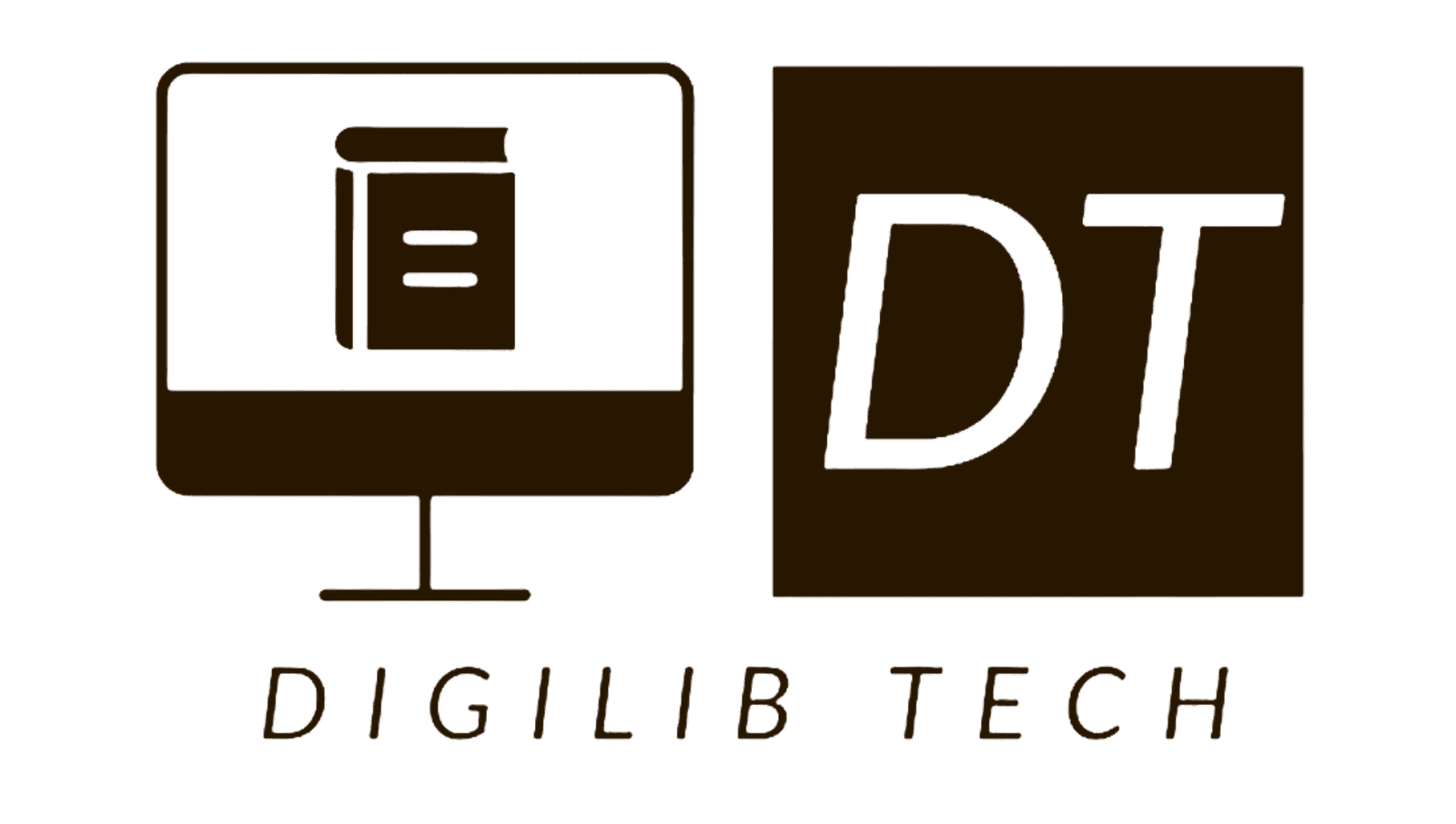Top 10 Advantages of Digital Libraries You Should Be Aware Of, The decrease in traditional library visits indicates a contemporary preference for patrons to access information and read content without physically visiting a library.
Numerous large libraries and universities have initiated the digitization process to ensure materials are accessible to both members and the general public.
Google’s Library Project further contributes to this shift by aiding universities and libraries in digitizing millions of books. Corporations of various sizes are now recognizing the advantages of digital libraries and incorporating them for their employees.
Digitization stands out as a prevailing trend in library management. Digital libraries are becoming more and more common at educational institutions, giving students internet access to books in digital format.
Rewrite these words. Leading businesses are similarly enhancing the skills of their employees by providing access to digital libraries. Beyond digitizing conventional services, digital libraries empower organizations to offer improved and innovative services. Let’s explore the 10 major advantages of digital libraries.













